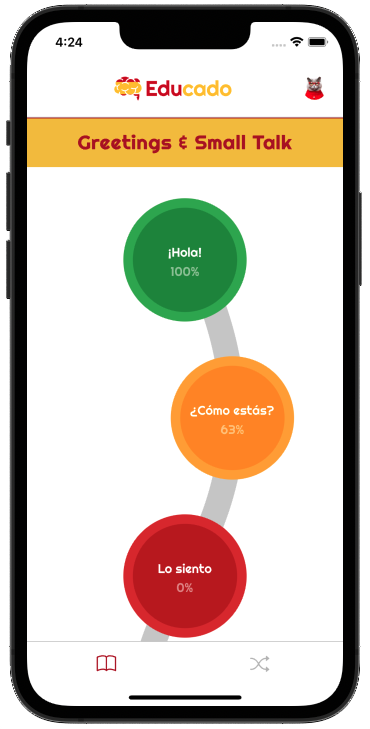How to use the indefinite quantifier 'wat' in Dutch
In Dutch, the word "wat" can function as an indefinite quantifier, similar to "some" or "a few" in English. When used in expressions like "wat dingen", it does not pose a question but instead indicates a non-specific, small quantity or amount of something.
Indefinite Quantifier "Wat"
As an indefinite quantifier, "wat" is used to express an unspecified amount of a noun. It is often employed when the speaker wants to refer to a small number or an indefinite quantity, similar to the English usage of "some" or "a few."
Example: "Wat dingen"
- "Wat dingen" translates to "some things" or "a few things" in English. It implies that the exact number of "dingen" (things) is not specified, but it is understood to be more than one and relatively small or indefinite.
Usage in Sentences
-
Ik heb wat appels gekocht.
("I bought some apples.")
Here, "wat" indicates an indefinite, small quantity of apples. -
Er zijn wat mensen buiten.
("There are some people outside.")
Again, "wat" suggests an unspecified, small number of people.
Summary
The use of "wat" as an indefinite quantifier in Dutch allows speakers to refer to an indefinite or small amount of something. In phrases like "wat dingen", it is used to imply an unspecified quantity, similar to "some" or "a few" in English. Understanding this concept helps in recognizing how Dutch speakers convey non-specific quantities in everyday conversation.
© Copyright Educado 2024 - All rights reserved
Educado | Opaallaan 1180 | 2132LN | Hoofddorp | Netherlands


